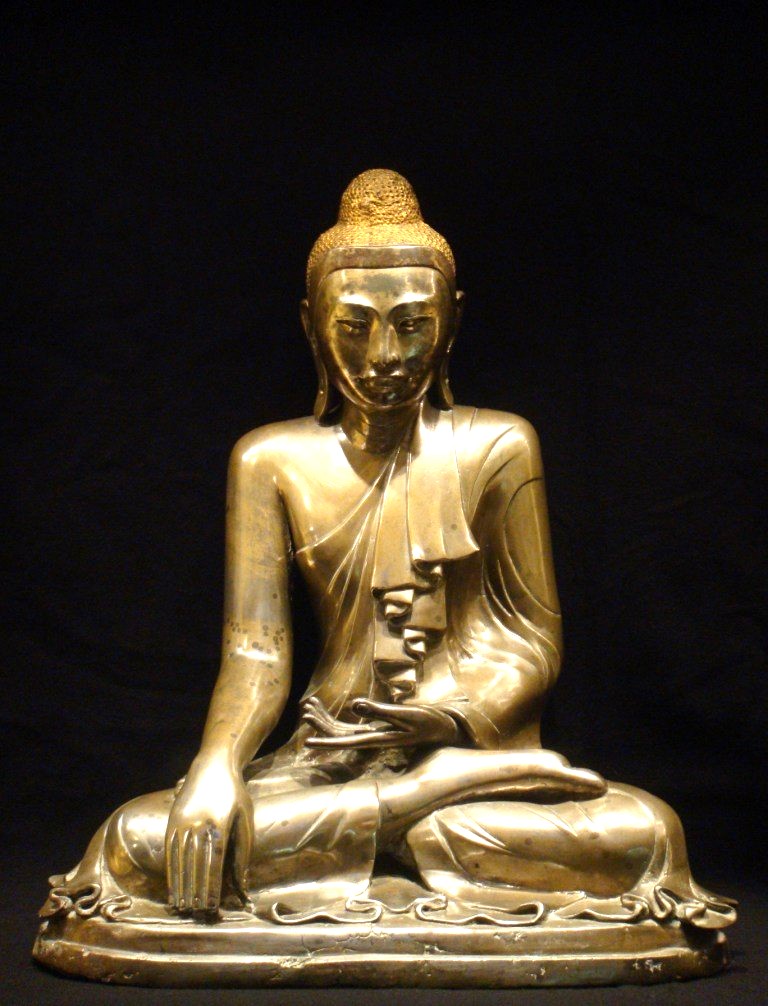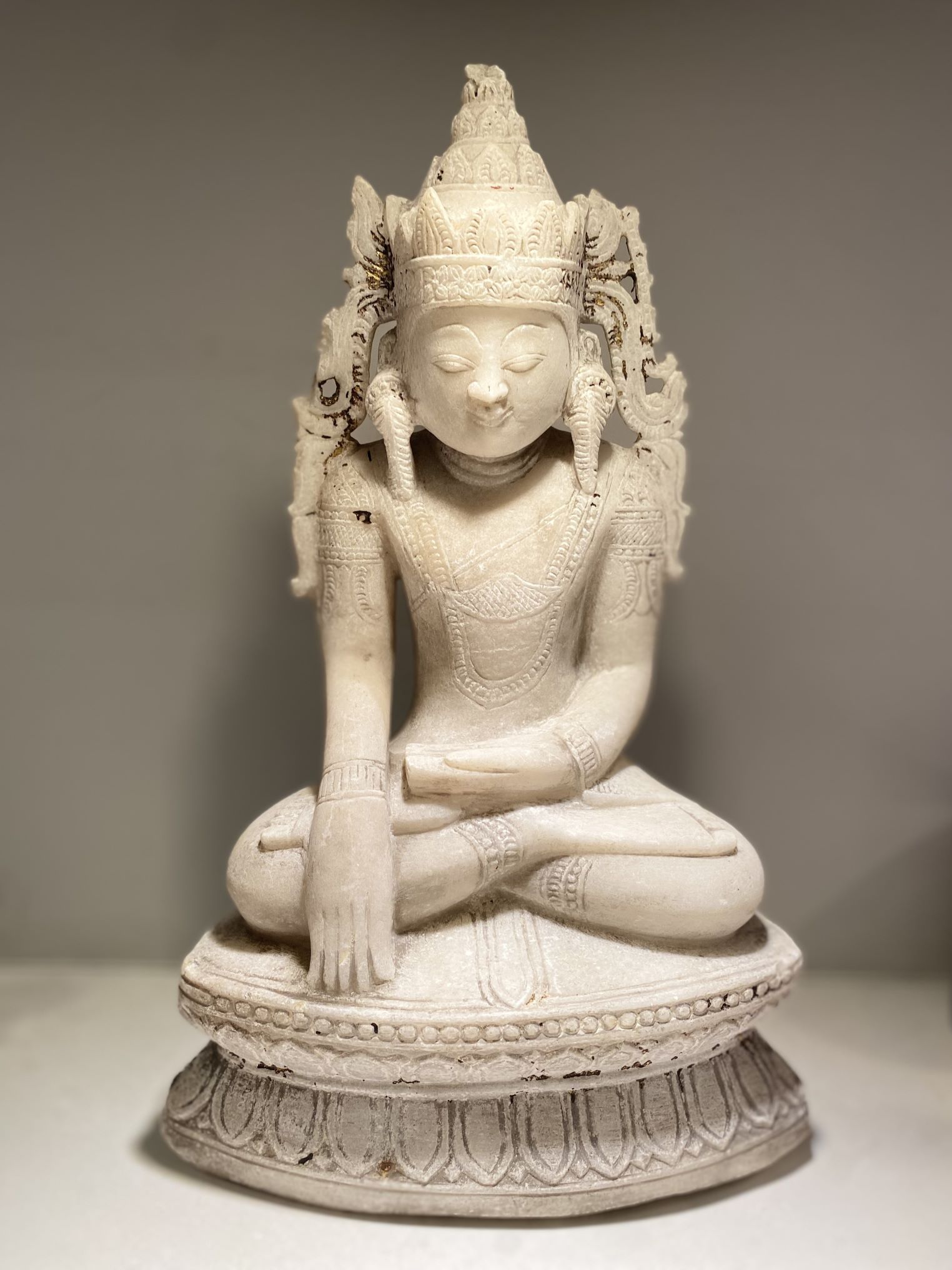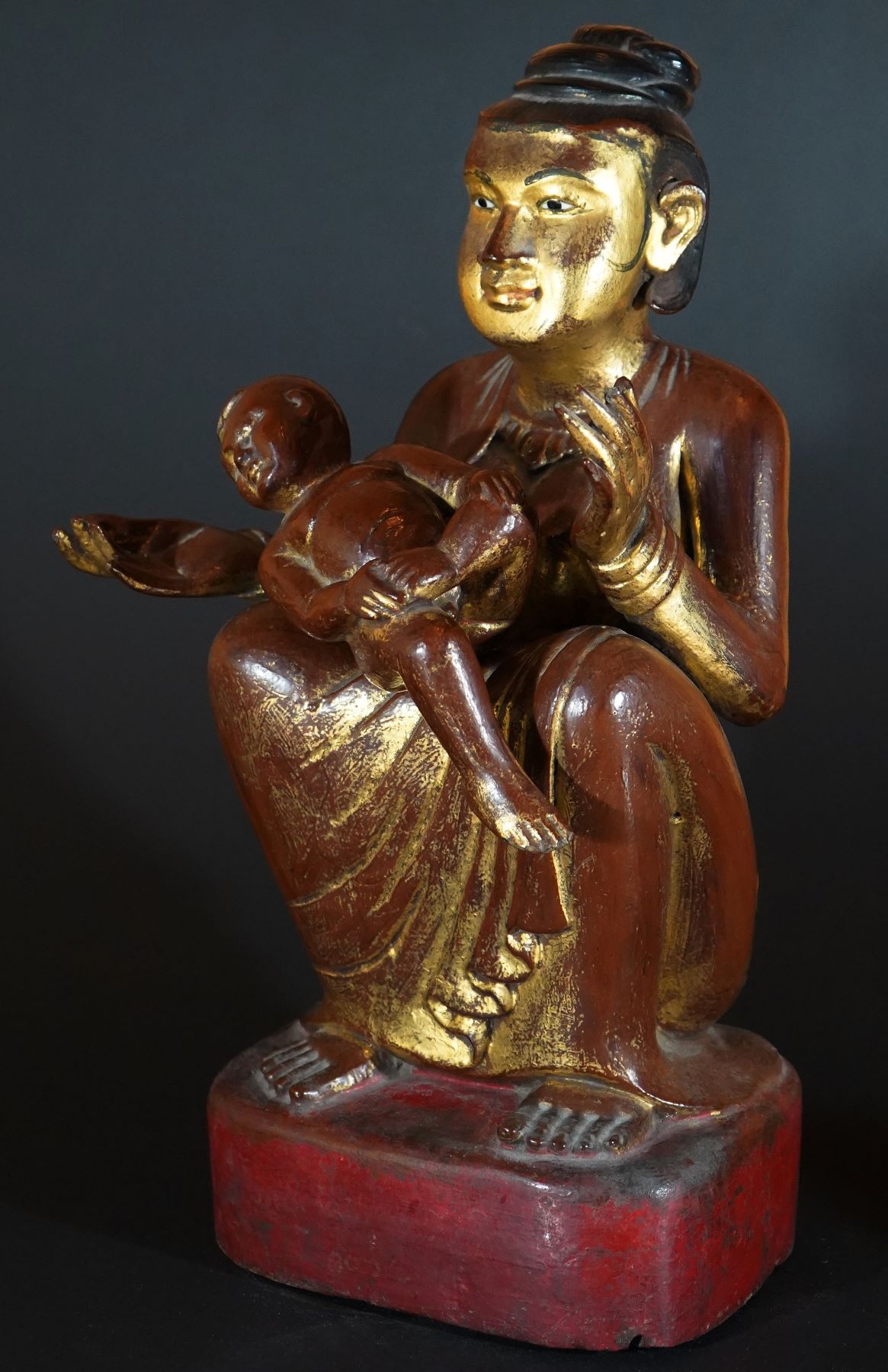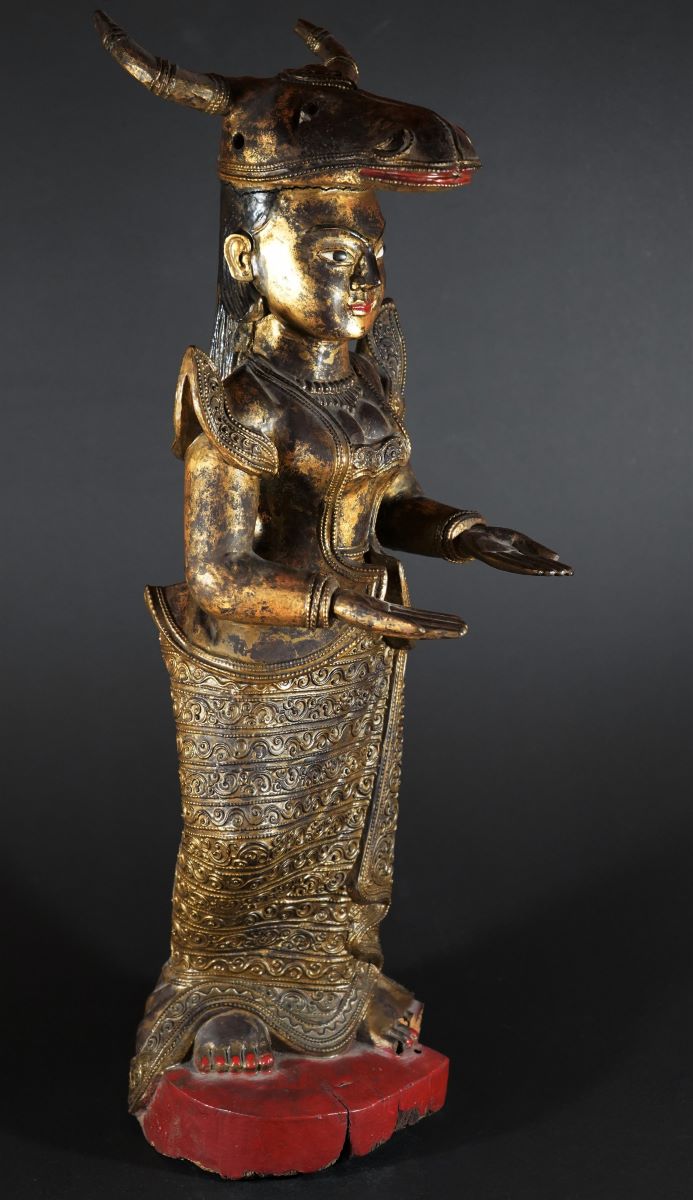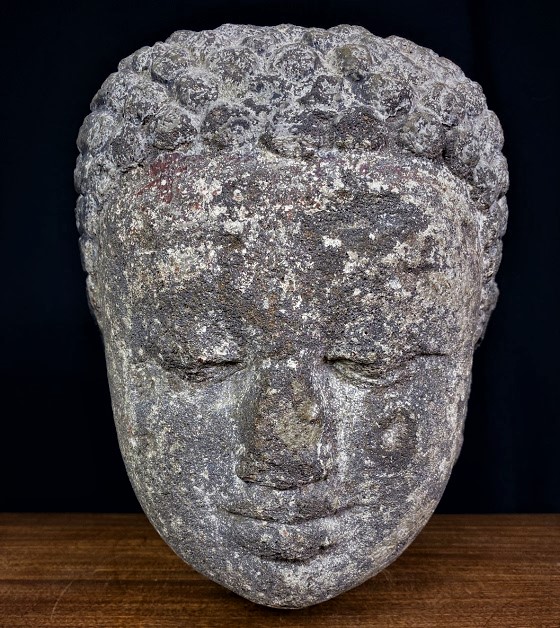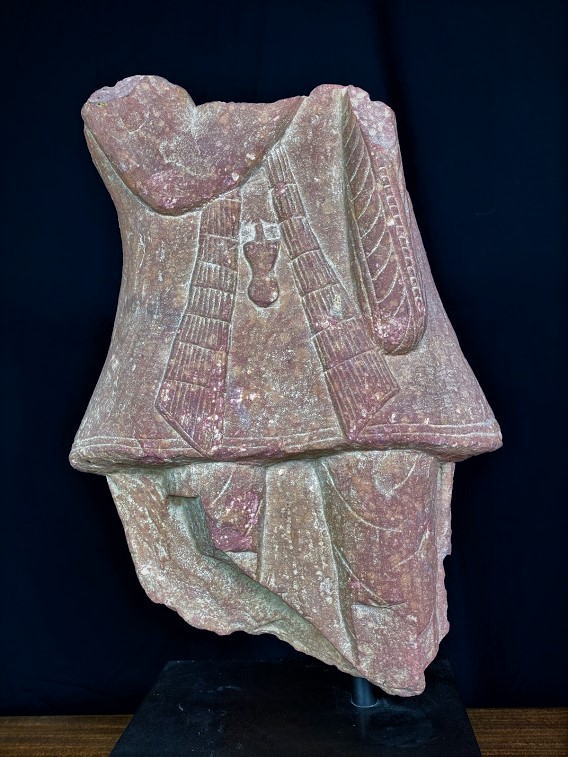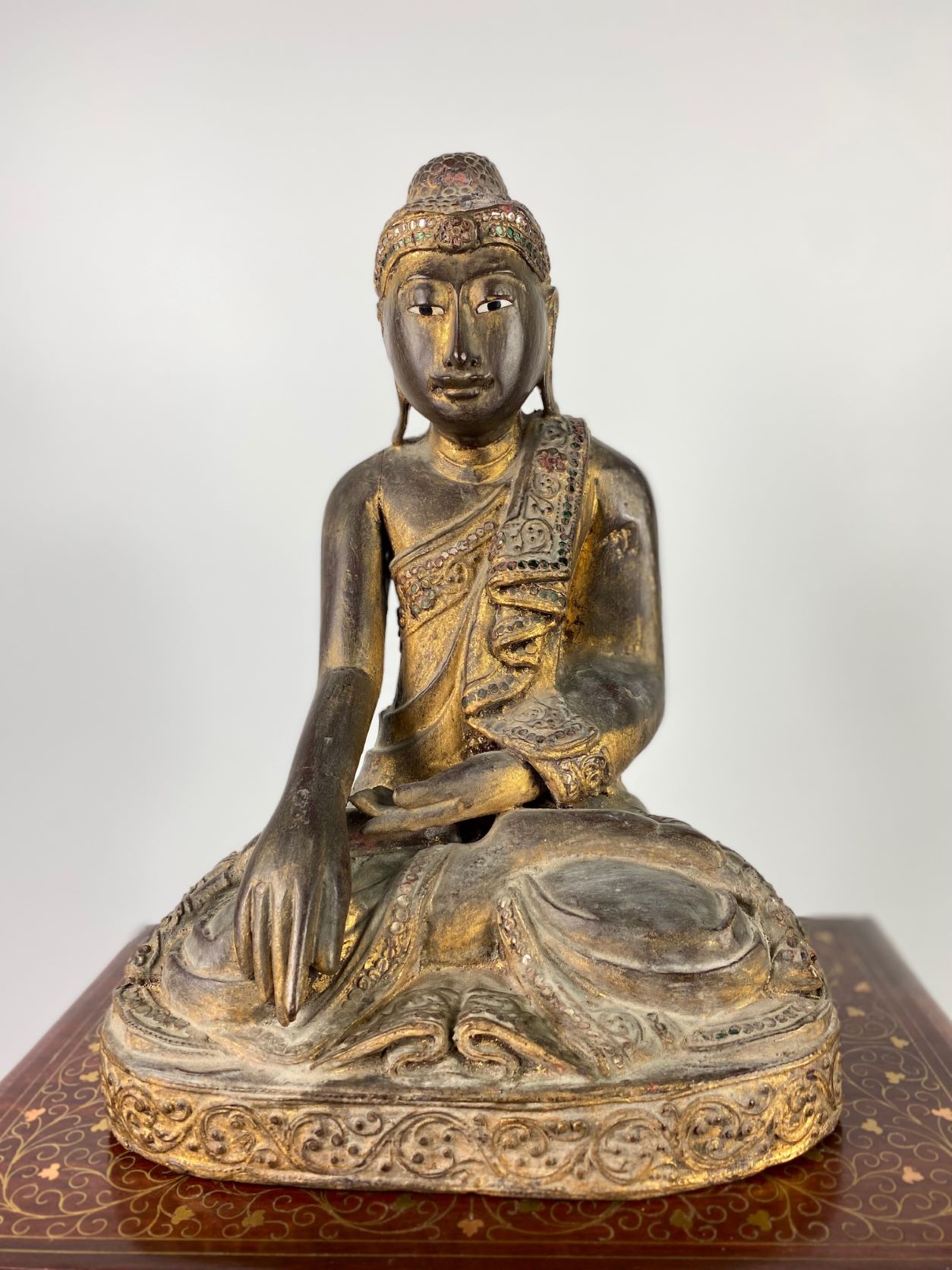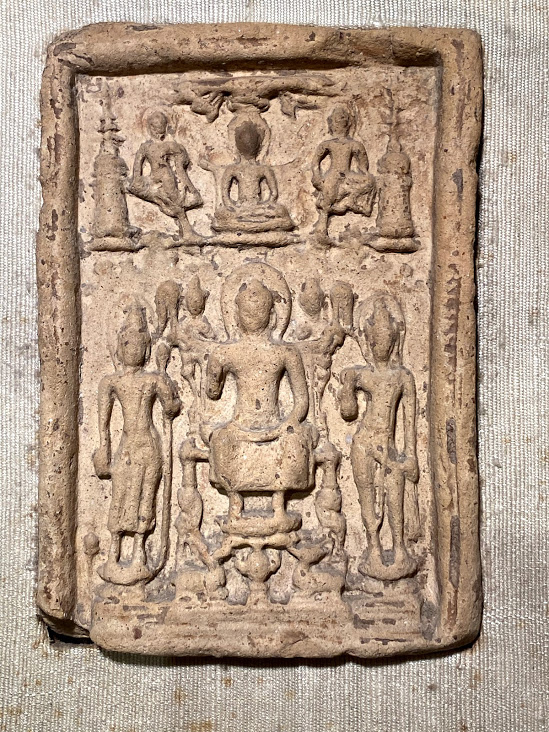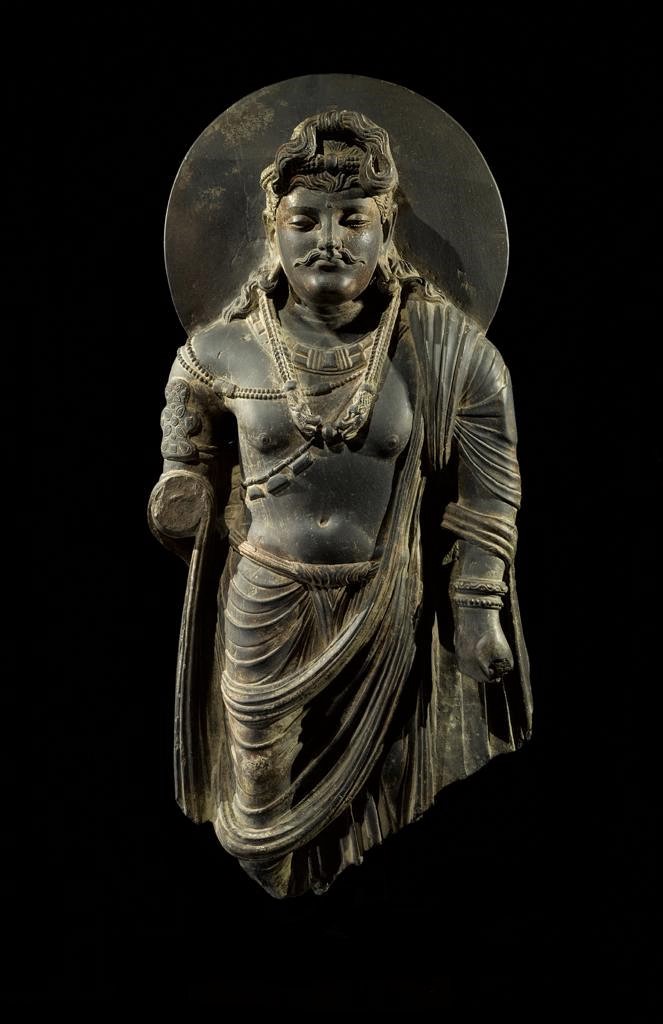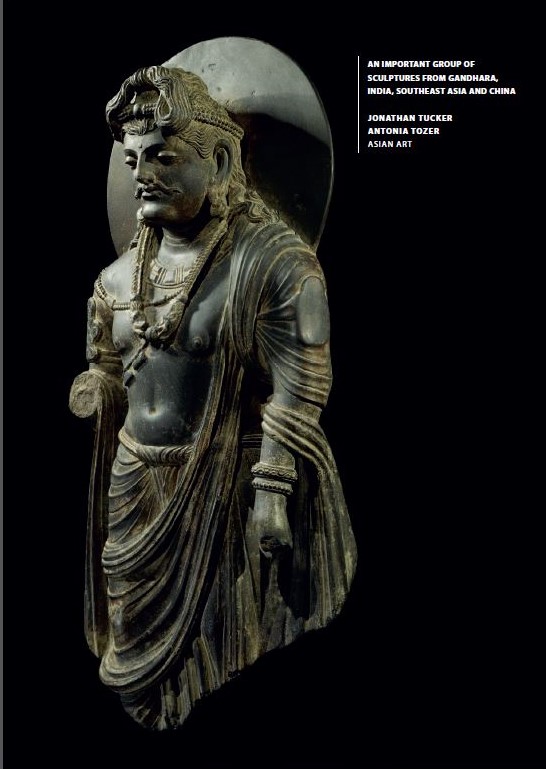




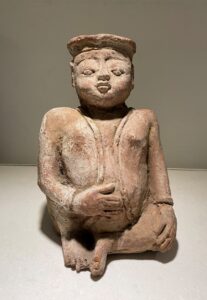


ST1211 A TERRACOTTA FIGURE OF A MONGOL
INDONESIA, EASTERN JAVA
MAJAPAHIT KINGDOM
14TH-15TH CENTURY
H. 20 CMS, 8 INS
A rare and unusual reddish-brown terracotta figure of a Mongol, wearing a flat cap and a jacket open at the waist, in a relaxed pose with his right hand resting on his ample stomach
The Majapahit Period (1292-1500)
The Majapahit period emerged as the result of Chinese invasion of Southeast Asia in the thirteenth century. Unwilling to submit to the Mongol Yuan emperor, King Kritanagara of the Singhasari period was soon overthrown. His successor moved the kingdom to Majapahit, in the vicinity of present-day Trowulan near Mojokerto. The second half of the Majapahit period (second half of fourteenth century to 1500) is considered the golden age of Majapahit arts and literature. It was during this phase that trade flourished, important temples were built and literature reached poetic heights. Much of what is known about this period can be discerned from the Nagarakritagama written in 1365 during King Hayam Wuruk’s reign, and the Pararaton, ‘Book of the Kings’ written in 1481.
From these two sources we find that Majapahit was a highly organized kingdom that was marked by developments of institutionalised Buddhist-Hindu syncretism. However, by the fourteenth century Islam began to take a foothold in Eastern Java and the Hindu and Buddhist kingdoms of the region began to disintegrate. Majapahit was able to survive until the sixteenth century, albeit in an enfeebled state.
The fall of the Majapahit period can be attributed to several sources inclusive of: the emergence of Islam, waning trading prowess, and continued Chinese invasion.
For an almost identical figure of a Mongol in the Hilda Soemantri collection, see cat. no. 135 in H. Soemantri, Majapahit Terracotta Art, Jakarta: Ceramic Society of Indonesia, 1997.
PROVENANCE: Private English collection, acquired over several decades.
 Go back to Works of art
Go back to Works of art


